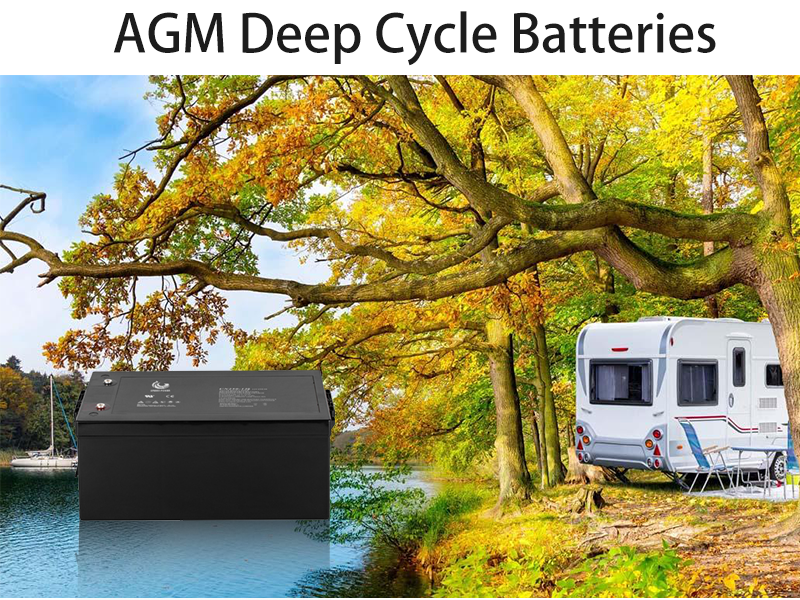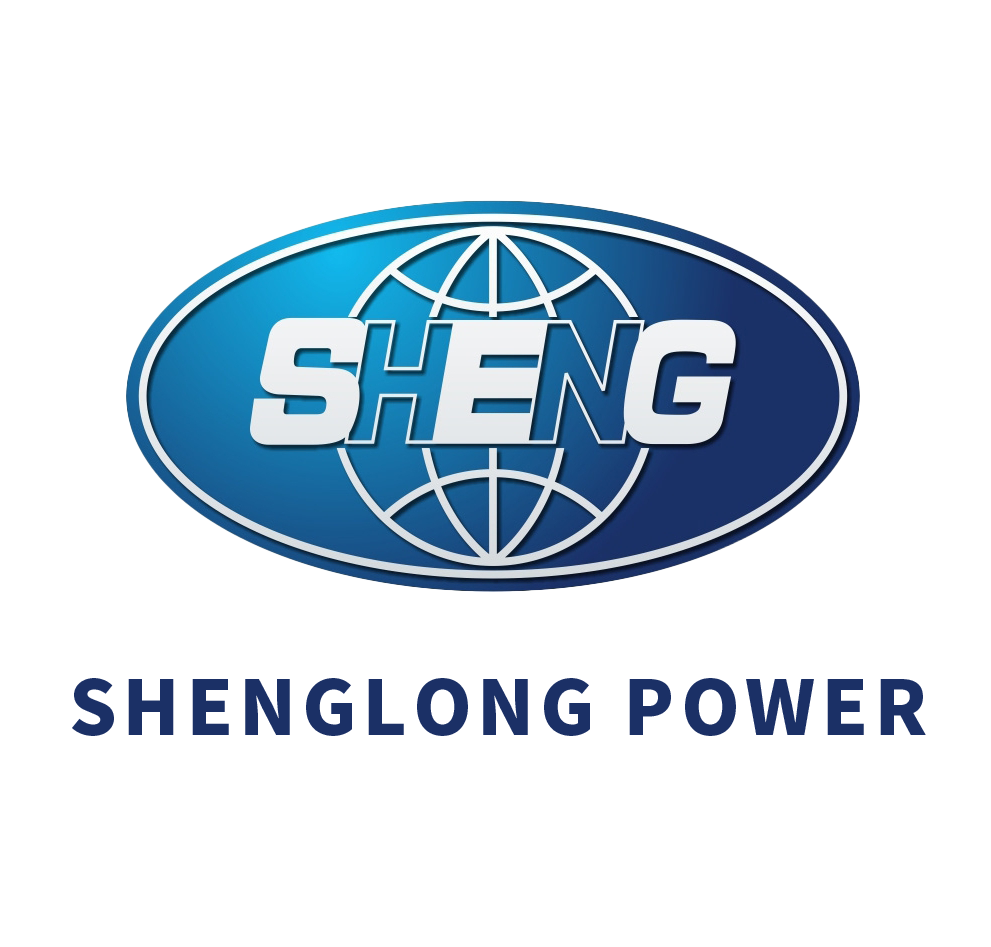In our modern lives, batteries power a vast array of devices and vehicles, from the small gadgets we carry in our pockets to the large machines that take us on adventures. Among the many types of batteries available, two categories stand out for their widespread use in vehicles: car batteries and Deep Cycle Batteries. While they may seem similar at first glance, their designs, functions, and ideal applications are vastly different, making it crucial to understand their unique properties to avoid costly mistakes and ensure optimal performance.
The Role of Car Batteries: Power for Quick Starts
Car batteries, also known as starter batteries, are engineered for a specific, high-intensity task: providing a short, powerful burst of energy to start the engine of a car, truck, or SUV. This burst of energy is needed to turn the starter motor, which then gets the engine running. Once the engine is operational, the vehicle’s alternator takes over, recharging the battery and powering the car’s electrical systems, such as the lights, radio, and air conditioning.
Due to their design, car batteries are not built to handle deep or prolonged discharges. They typically discharge only 2 to 5% of their capacity during each start, and frequent deep discharges can quickly damage their internal components, leading to premature failure. Their construction focuses on high cranking amps (CA) and cold cranking amps (CCA) — metrics that measure their ability to deliver power in cold weather — rather than long-term energy storage.
Deep Cycle Batteries: Sustained Power for Extended Use
In contrast, Deep Cycle Batteries are designed to provide a steady, consistent flow of power over an extended period, making them ideal for applications where continuous energy is needed without frequent recharging. Unlike car batteries, they can withstand deep discharges, often up to 80% of their capacity, and still be recharged repeatedly without significant damage. However, to maximize their lifespan, it is recommended to avoid depleting them below 45%, as excessive deep discharges can gradually reduce their overall capacity and longevity.
Deep Cycle Batteries are commonly used in a variety of settings beyond traditional cars. They are a staple in boats, where they power navigation systems, lights, and trolling motors for hours on end. Recreational vehicles (RVs) rely on them to run appliances like refrigerators, stoves, and air conditioners when not connected to external power. Golf carts, which require consistent power to travel around courses, also use deep cycle batteries, as do off-grid solar systems, where they store energy generated by solar panels for use during cloudy days or at night.

Common Types of Deep Cycle Batteries
Within the category of Deep Cycle Batteries, there are several sub-types, each with its own set of advantages and ideal uses. These include flooded lead-acid batteries, sealed lead-acid batteries, AGM Batteries, and Gel Batteries.
Flooded Lead-Acid Batteries
Flooded lead-acid batteries are the most traditional and budget-friendly type of deep cycle battery. They consist of lead plates immersed in a liquid electrolyte solution (a mixture of sulfuric acid and water). While they are cost-effective and widely available, they require regular maintenance to function properly. This maintenance includes checking the electrolyte level and refilling it with distilled water as needed to prevent the plates from drying out. They also produce hydrogen gas during charging, so they must be installed in well-ventilated areas to avoid the risk of gas buildup.
Sealed Lead-Acid Batteries
Sealed lead-acid batteries, as their name suggests, are enclosed in a sealed case, eliminating the need for regular electrolyte checks and refills. This makes them maintenance-free and spill-proof, making them a popular choice for applications where movement or limited space is a concern, such as in RVs or small boats. They are more expensive than flooded lead-acid batteries but offer greater convenience and safety, as they do not release harmful gases (or release them in very small amounts) and can be installed in any orientation, except upside down.
AGM Batteries (Absorbent Glass Mat Batteries)
AGM Batteries are a type of sealed lead-acid battery that uses a unique design to enhance performance and durability. Instead of a liquid electrolyte, they use a thin, absorbent glass mat that is saturated with electrolyte and placed between the lead plates. This glass mat not only holds the electrolyte in place but also helps to evenly distribute it across the plates, reducing the risk of stratification (the separation of acid and water) and improving the battery’s ability to deliver power consistently.
AGM Batteries offer several advantages over other deep cycle battery types. They have a higher power density, meaning they can deliver more power in a smaller, lighter package. They also charge faster than flooded or gel batteries, making them ideal for applications where quick recharging is important. Additionally, they are highly resistant to vibration and shock, making them suitable for use in off-road vehicles or boats that experience rough conditions. Their spill-proof and maintenance-free design also makes them a top choice for RV owners and those with off-grid solar systems.
Gel Batteries
Gel Batteries, another type of sealed lead-acid battery, use a gel-like electrolyte instead of a liquid or glass mat. The electrolyte is created by adding a silica-based gel to the sulfuric acid, which thickens the solution into a gel. This gel immobilizes the electrolyte, preventing spillage and stratification, and also helps to reduce water loss and gas production during charging.
Gel Batteries are known for their long lifespan and ability to handle deep discharges repeatedly. They are also highly resistant to temperature extremes, making them suitable for use in both hot and cold climates. However, they do have some limitations. They require a specific charging voltage and current to avoid damaging the gel, so they must be charged with a charger designed for gel batteries. They also have a lower power density than AGM Batteries and are slower to charge, making them less ideal for applications that require quick power delivery. Despite these drawbacks, they are a reliable choice for applications where long-term, low-maintenance power is needed, such as in backup power systems or certain types of medical equipment.
Choosing the Right Battery: Key Considerations
When selecting a battery, whether it’s a car battery or a Deep Cycle Battery, it’s important to consider your specific needs and application. For a car, a starter battery with high CCA and CA ratings is essential to ensure reliable starts in all weather conditions. For a boat, RV, or off-grid solar system, a Deep Cycle Battery is the better choice, and within that category, you’ll need to decide between a flooded, sealed, AGM Battery, or Gel Battery based on factors like maintenance requirements, cost, power needs, and environmental conditions.
For example, if you’re looking for a low-cost option and don’t mind performing regular maintenance, a flooded lead-acid deep cycle battery may be right for you. If convenience and durability are top priorities, an AGM Battery would be a better fit, especially if you need fast charging and resistance to vibration. If you live in an area with extreme temperatures and need a battery with a long lifespan, a Gel Battery could be the ideal choice, provided you have a compatible charger.
In conclusion, understanding the differences between car batteries and Deep Cycle Batteries, as well as the various types of deep cycle batteries like AGM Batteries and Gel Batteries, is essential for making an informed decision. By choosing the right battery for your needs, you can ensure reliable performance, extend the battery’s lifespan, and avoid unnecessary expenses and damage to your vehicles or equipment.
